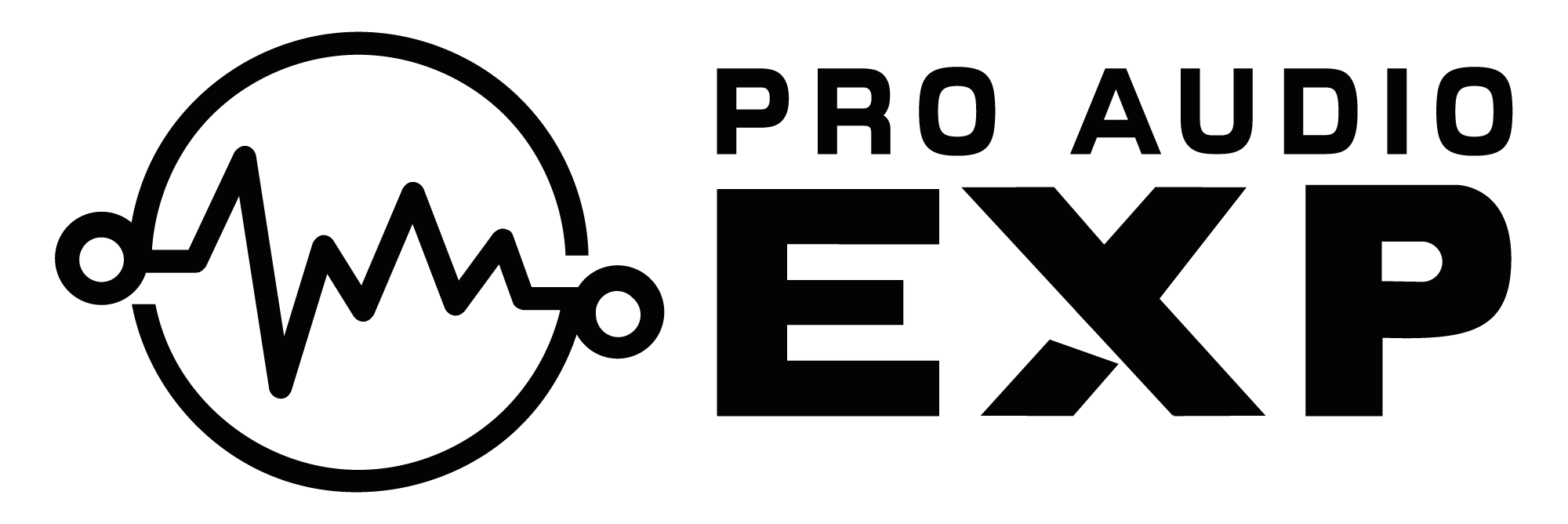Amp can do wonders if you are doing and mixing your own music. You will discover different tones and the sound of different instruments.

With an audio interface through amp sims and plugins, you can explore sounds through a laptop. And with traditional pedals and amp, it will increase your knowledge about how to produce more music in different ways.
An audio engineer and the other musicians have the advantage to work with a sound person who can craft the perfect balance between amp and laptop in the house and monitors, using mixing consoles. But guitarist, Dan Phelps, uses a sophisticated mixing console and play with different sounds. What he does is he runs his guitar through his pedals into his Benson amp head. Between the head and the speaker, he has a Fryette Power Station, splitting the signal. One path goes to the speaker and the other to his audio interface and into his laptop. From the interface outputs, he runs stereo into a pair of powered speakers.
The mixing consoles used by Phelps and others to produce this music are essentially wet/dry/wet, with the wet sounds running through full-range speakers or the PA to maintain the full frequency spectrum that is added by digital effects, while the dry signal bypasses the laptop or iOS device to maintain pristine analog tone and presence. One way to create this kind of sound set-up is with the guitar running into something like the Lehle P-Split II box to route one signal into an audio interface and the other path to the front end of your amp.
If you are not splitting the signal post an amplifier, like how Phelps does it, you might want to use an amp sim in your DAW or iOS device. Then you will discover unlimited fantastic sounds.


0 Comments
There are not comments yet. Be the first one to post one!